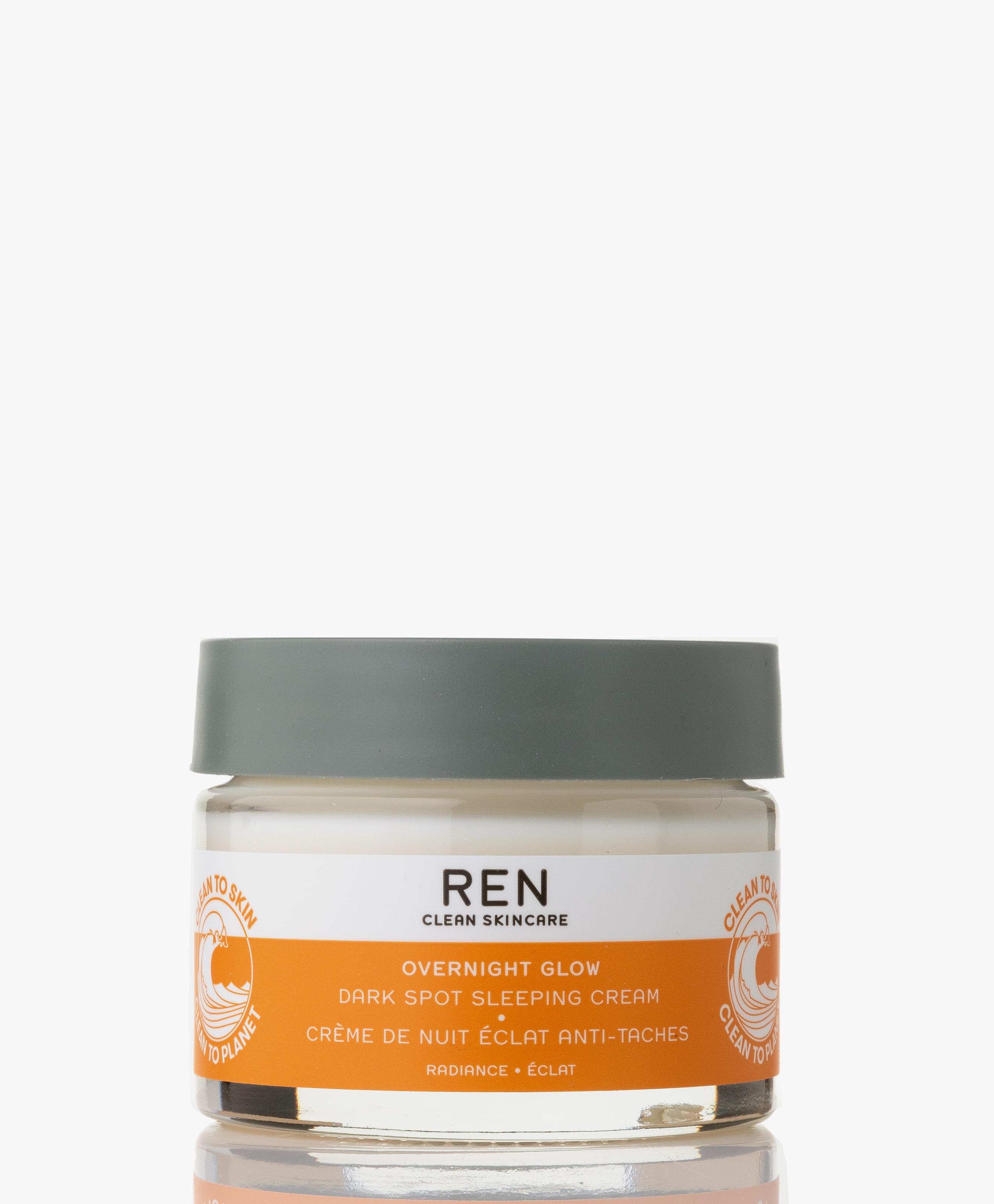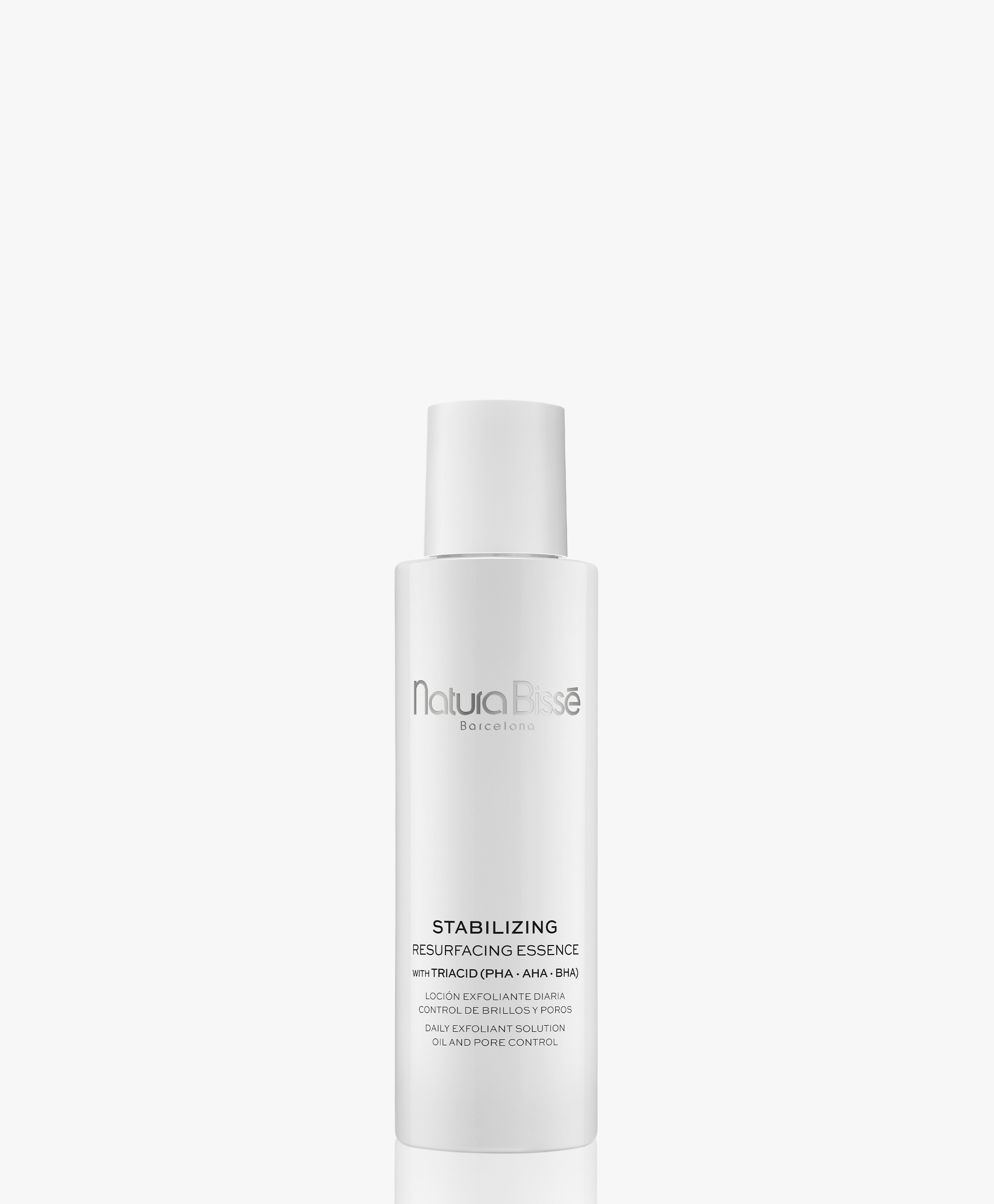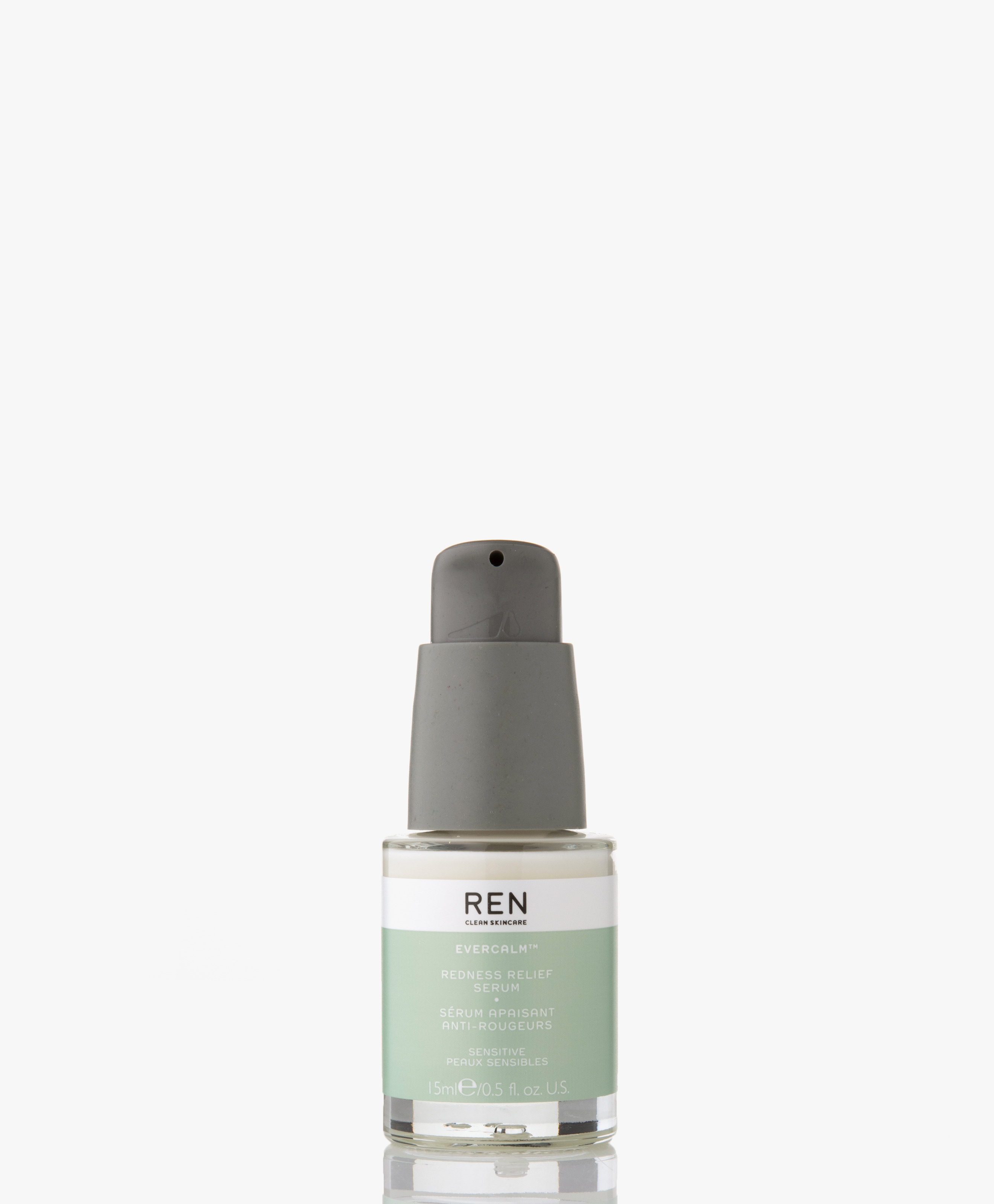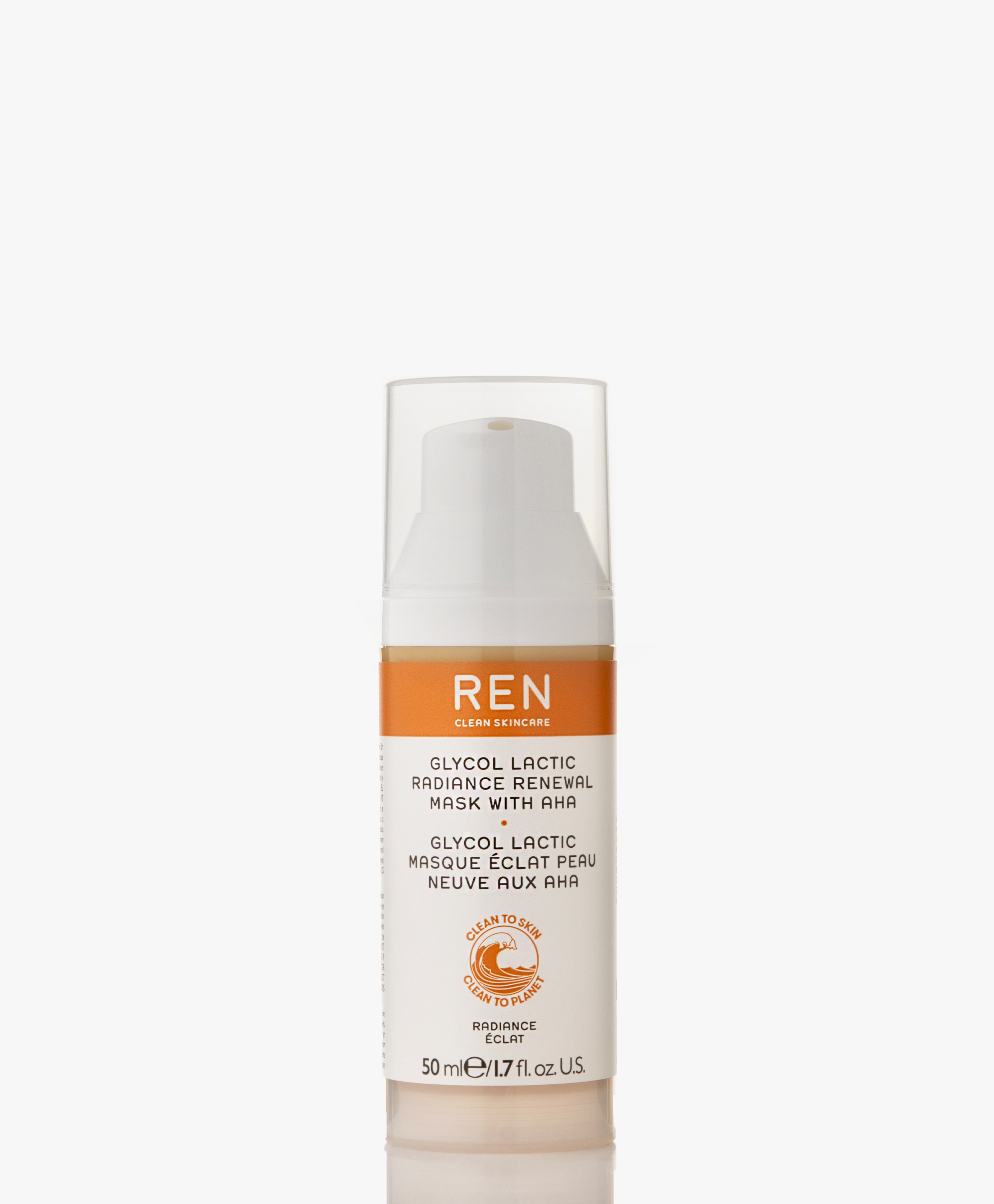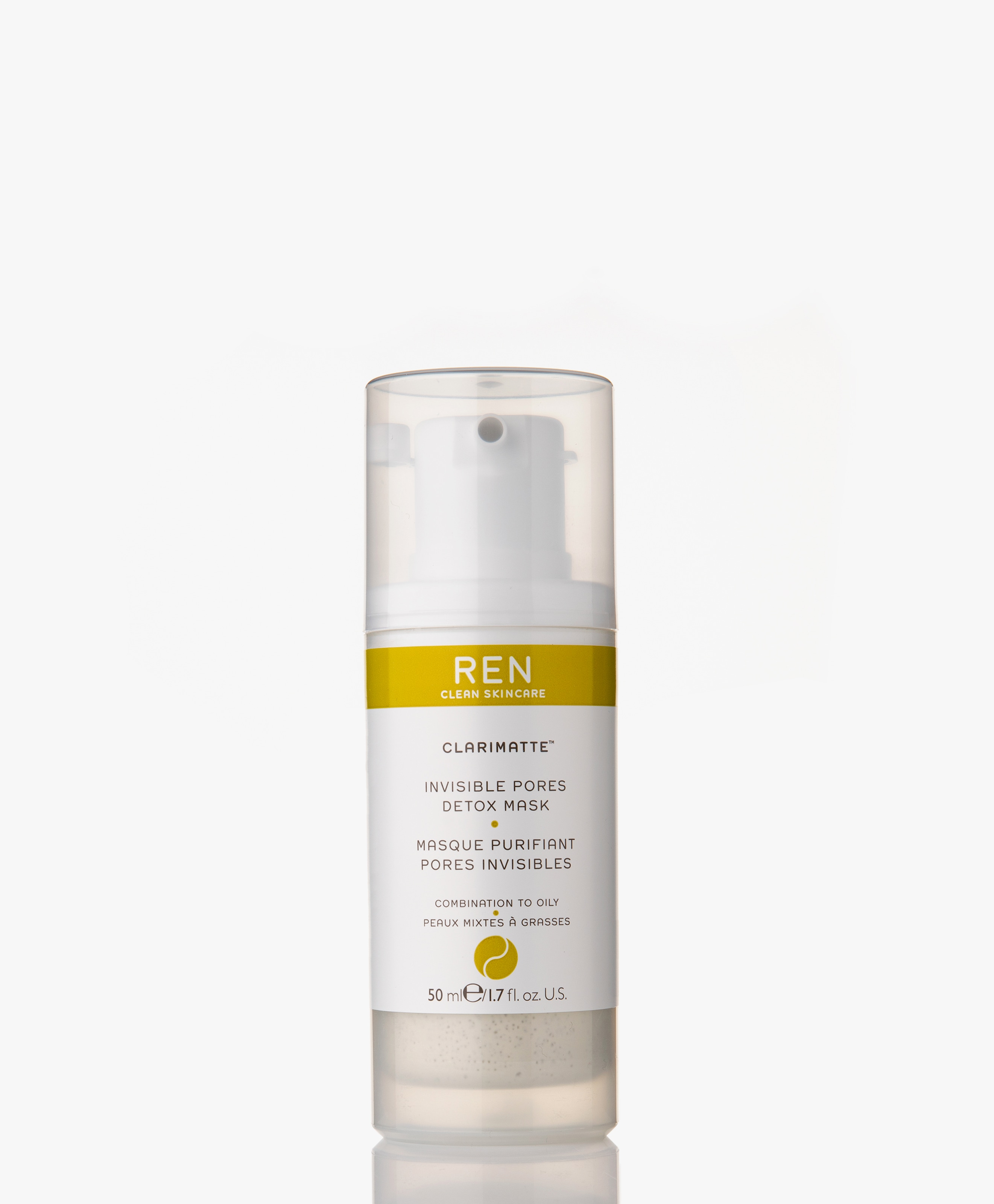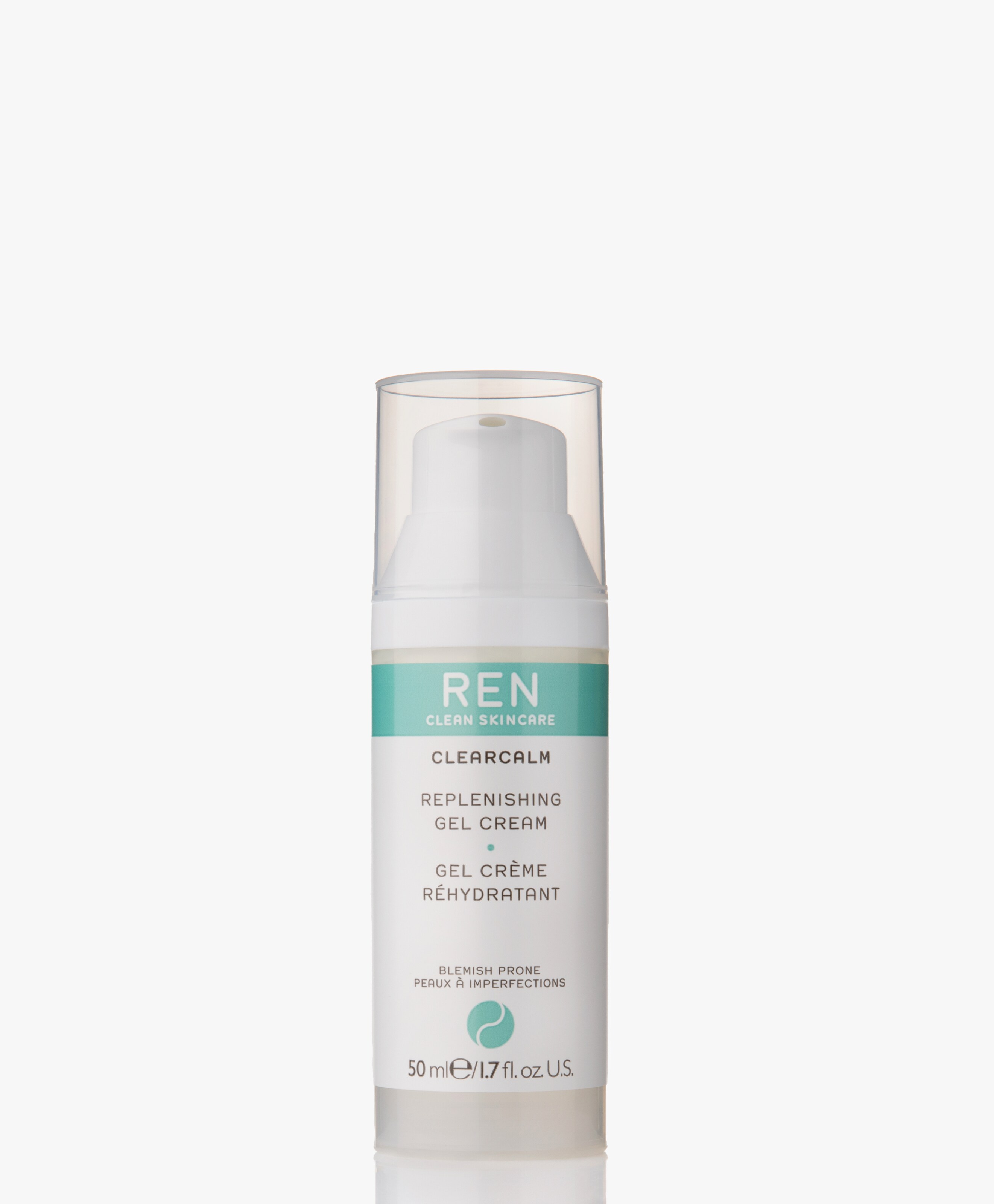PB BEAUTY
Know your skin type and treat your skin problems
Combat moisture loss, minimize pores, prevent wrinkles, or balance a T-zone - it all starts with the right skincare routine. Do you know your skin type? Only then can you ensure that your skincare products meet your skin's specific needs.

Dry skin
If your skin feels tight and uncomfortable after washing with a facial cleanser, you probably have dry skin. Your skin may also feel rough and may show cracks or flaky patches. Your pores are barely visible, if at all, and your skin does not show any blackheads.
Mild and regenerating products are key. The care of dry skin is focused on preventing moisture loss and hydrating the skin to restore the natural skin barrier. Choose a cream or lotion texture that optimally nourishes and hydrates your skin - a day cream with an SPF of at least 30 is essential. Do not use cleanser with surfactants that can cause irritation, such as sodium lauryl sulphate or sodium C14-16 olefin sulfonate, and try to avoid fragranced products.
Normal skin
Does your skin feel fine after washing? Then your skin can be characterized as normal. The skin's pores are visible, but not dilated, and you don’t have no clogged pores or blackheads. Your skin is soft and supple and has an even, matte glow.
For this skin type, it is important to keep the skin in good condition and prevent moisture loss. When choosing a day and night cream, go for a cream or lotion texture and don't forget the SPF of at least 30. Maintain a beauty regime of cleansing, exfoliating and moisturizing to keep skin balanced. Want to give extra attention to your skin? Then use a mask once a week, add a toner to your routine to get rid of dead skin cells and exfoliate to prevent skin aging.
Combination skin
If your skin shows both oily and dry patches immediately after cleansing, you probably have combined skin. Typically, the t-zone is more prone to oiliness and the dry areas usually persist around the cheeks and jaw area. The pores on your forehead, chin and nose are often larger than the pores on your cheeks, and they can clog up quickly, causing blackheads and inflammation.
Simply put, combination skin has two or more skin types at the same time. Therefore, it’s advised to use different products for different skin areas. On dry areas, focus on oil-absorbing or matte-finish formulas, and for the oilier parts of your face, use more emollient products in lotion or gel form. Choose a mild cleanser to avoid further drying out the dry areas and use products with an exfoliant to remove dead skin cells.
Oily skin
Does your face shine and tend to look greasy later in the day? Then you have oily skin. On the oilier parts of the face, pores are highly visible and your skin shows congestion and blackheads. Oily skin increases the risk of pimples, but can be corrected with the right products.
Mattifying products and products with a light gel texture bring the solution, and balance is crucial. Try not to use harsh soap products and ingredients such as alcohol, mineral oil, lanolin and perfume, as these actually stimulate the sebaceous glands even more, making the already increased sebum production worse.
Explained:
The difference between a skin type or skin condition.
Sensitive skin
Sensitive skin is both a skin type and a skin condition. You can have ‘naturally’ sensitive skin (skin type, genetically determined) or have sensitive skin due to the change of season, age and lifestyle (skin condition, influenceable by the use of skin-enhancing care). If you have sensitive skin, the barrier lipid layer has deteriorated, leaving the skin unprotected from external factors resulting in itching, redness or burning.
Your skin requires soothing and protective products that strengthen the skin barrier. These are products that are at least free of fragrances, alcohol and minty and citrus-like substances. Active ingredients that do a lot of good for sensitive skin are: niacinamide, glycolic acid, salicylic acid and high concentrations of antioxidants such as vitamin C and vitamin E.
Acne-prone skin
Another skin condition: acne-prone skin. If your skin is prone to acne or blemishes, you will benefit from a consistent skincare routine with products specially formulated for your specific skin needs. Acne-prone skin needs skincare products that are both gentle on the skin and strengthen the skin barrier.
Opt for soap-free, noncomedogenic (products that do not contain ingredients that can clog pores) and comedolytic (breaks down blackheads) products. And, pay attention to the following active ingredients: lactic acid, ceramides, salicylic acid and fruit acids (AHAs).
Note that acne-prone skin always requires special skin care - always consult a dermatologist for treatment or questions.
Aging skin
Mature skin is characterized by a lack of volume and elasticity in which fine lines, age spots and wrinkles are clearly visible. Aging skin is a natural process, but it is strongly influenced by external factors. Sun damage, stress, smoking, too little sleep and alcohol consumption can accelerate the skin aging process.
Use cream with a sun protection factor and, when using a cream for mature skin, pay attention to the active ingredients. Hyaluronic acid, niacinamide and retinol (vitamin A) have proven their positive effect on aging skin. Use a cleanser with AHA acid so that cell renewal is stimulated.
Blog by:
Joyce
Joyce knows everything about different body types. She excels at providing smart styling tips and tricks to highlight your best features. Additionally, she is the go-to person for occasion outfits with that little extra something.

)

